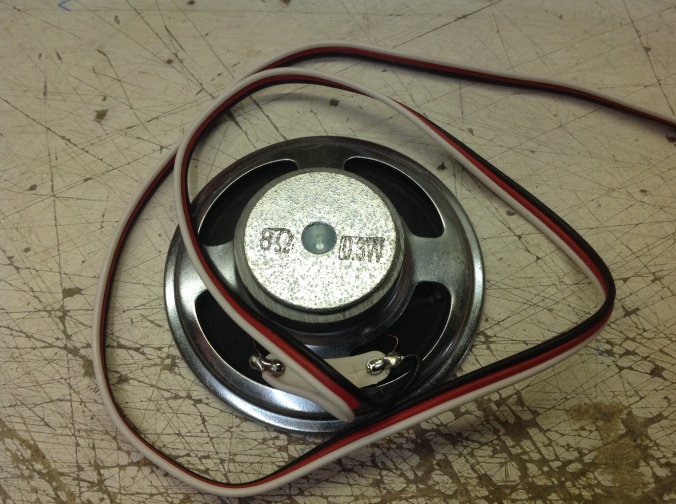The main problem with electric models is that they do not sound very realistic in the air, to overcome this some manufacturers produce sound systems to fit into your models, these vary from about £25 up to about £100 and even more in some cases.
I decided to purchase a Hobby King system for about £25, this is fitted to my Junkers J1 and works well the only draw back is it is not very loud, sometimes on windy days it is hard to hear, however not bad for the price.
I tried this system on my B17 and you could not hear this over the prop noise. I consider the expensive systems are to high priced so I decided to look on the web to see what I could find and experiment with to make an affordable system.
I have carried out many tests on parts which have all come from China by E Bay, I now have a affordable system that works, listed below are all the parts you need to make up a system with costs and advice.
The first thing I found was that most of the modules available worked on different voltages, therefore you would have to step down the voltage for the appropriate device, all my planes run on 4 cell Lipos, about 14 volts so the first item is.
Voltage regulator.
This is the type I have been using, model LM 2596, input 4 to 35 volts output 1.25 to 33 volts, cost about £2 each free postage.
All you do is connect the Lipo to the input and then connect a muiltmeter to the output and adjust for the correct voltage output by turning the small brass screw, this regulator can handle up to 35 volts input 1.25 to 33 volts output.
Sound module recorder
This is the type I have been using, model ISD 1820 with loop replay, voltage 3 to 5 volts, cost about £1.50 each free postage.
This is very simple to use and comes fitted with its own microphone which is surprisingly good quality, it will reply once or on a continuous loop, I have recordered engine sounds and machine gun noise, what you need to do is connect the power supply and loudspeaker, you then hold the module next to the sound source and press the recorder button, and there you go press the appropriate button to play back.
You now disconnect the loudspeaker and feed this input into a amplifier, the module can be switched on and off by the power supply feed using a relay from one of the receiver outputs.

Hobby King also sell a machine gun module which can be used, this is powered from 5V to 7.4 volts and is switched on and off by removing the power, connect as above.

Mono or stereo amp
I have found two types available Mono or Stereo, I have only used the latter on my B17 to operate engine sound on one channel and machine gun effects on the other, this works well the only modification I have had to make is to disconnect the twin volume control and replace with separate controls.

Mono module
TDA 2030A, 18 watt, 6 to 12 volts, approx cost £1.60 free postage.

Stereo module
PAM 8610 2 X 10 watt, voltage 7.5 to 15 volts, cost about each £2.50 including postage.
loudspeaker
All I can say is the larger the better, 2.5 to 3 inches is a good size but remember it must have a wattage rating appropriate to the amplifier, final point if using stereo try and mount the speakers as far apart as possible, and also they need to be mounted in some type of sound box.

As you will see you can make up systems for a very low cost, have ago it’s not that difficult, all you need is a small soldering iron and a steady hand.
